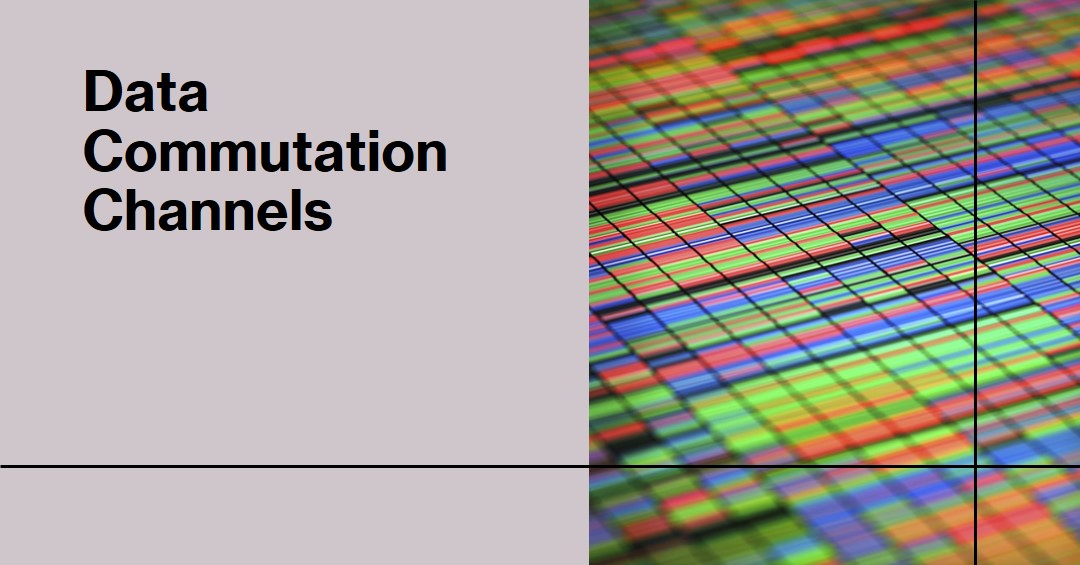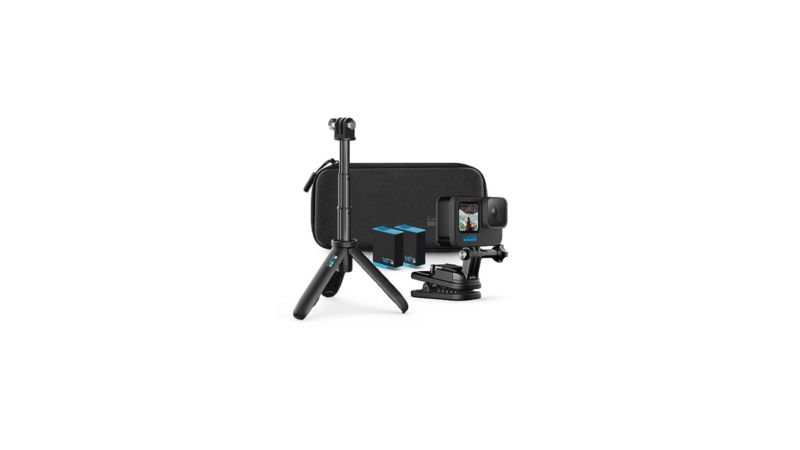Types of Data Commutation Channels?

There are various types of communication channels that facilitate the exchange of information between individuals or systems. Here are some common types of communication channels:
- Verbal Communication Channels:
- Face-to-face conversations: Direct, in-person communication between individuals.
- Telephone calls: Real-time voice communication over telephone networks.
- VoIP (Voice over Internet Protocol): Communication over the Internet using applications like Skype or Zoom.
- Written Communication Channels:
- Emails: Electronic messages exchanged between individuals or groups.
- Instant Messaging: Real-time text-based communication through platforms like Slack, Microsoft Teams, or WhatsApp.
- Letters or Memos: Traditional written communication on paper or electronic documents.
- Visual Communication Channels:
- Video Conferencing: Real-time communication that combines audio and video, allowing participants to see and hear each other.
- Presentations: Visual communication using slides or multimedia tools, often delivered in person or via video conferencing.
- Visual aids: Charts, diagrams, infographics, or images that help convey information visually.
- Digital Communication Channels:
- Websites: Online platforms that provide information, allow interaction or facilitate transactions.
- Social Media: Platforms like Facebook, Twitter, Instagram, or LinkedIn that enable individuals or organizations to communicate and share content.
- Blogs or Forums: Online platforms for individuals to express opinions, share information, and engage in discussions.
- Mobile Apps: Applications installed on smartphones or tablets that provide various forms of communication, such as messaging apps or social networking apps.
- Collaboration and Project Management Channels:
- Project Management Tools: Platforms like Jira, Trello, or Asana that enable teams to communicate, collaborate, and track progress on projects.
- Shared Documents: Online platforms like Google Docs, Microsoft Office 365, or Dropbox allow multiple users to collaborate on and share documents.
- Broadcasting Channels:
- Television: Mass communication through visual and audio content transmitted over broadcast networks.
- Radio: Broadcasting audio content over radio frequencies.
- Podcasts: Digital audio recordings distributed over the internet, often available for download or streaming.
- Physical Communication Channels:
- Notice boards: Physical boards where information or announcements are posted for others to read.
- Bulletin boards: Online platforms that mimic physical notice boards, allowing users to post and read messages.
These are some common types of communication channels, and the choice of the channel depends on factors such as the nature of the message, the context, and the preferences and accessibility of the participants involved.
Technical content writer with data scientist, artificial intelligence, programming language, database. He has a bachelor’s degree in IT and a certificate in digital marketing, Digital transformation web development android app development He has written for website like Boomi techie, tech mantra, information hub, Tech all




